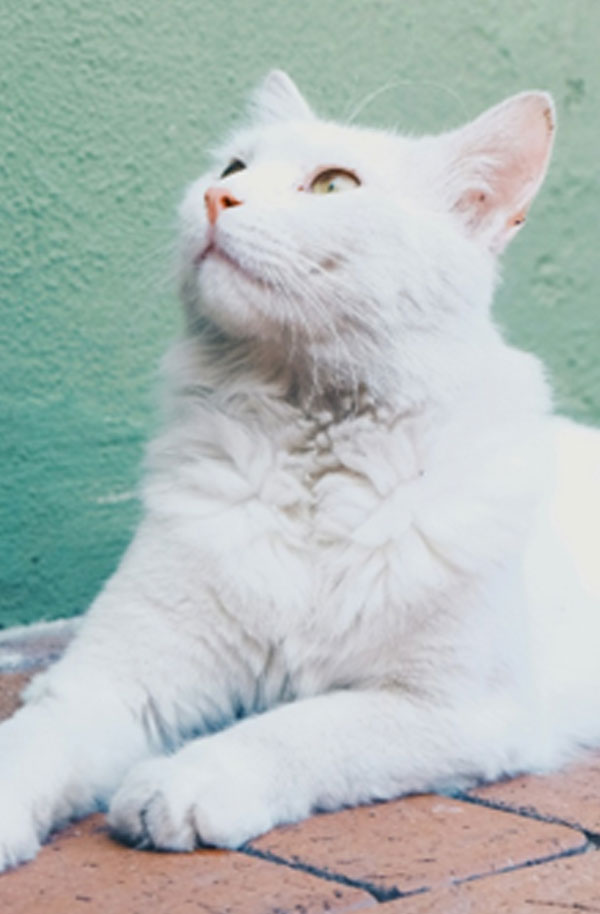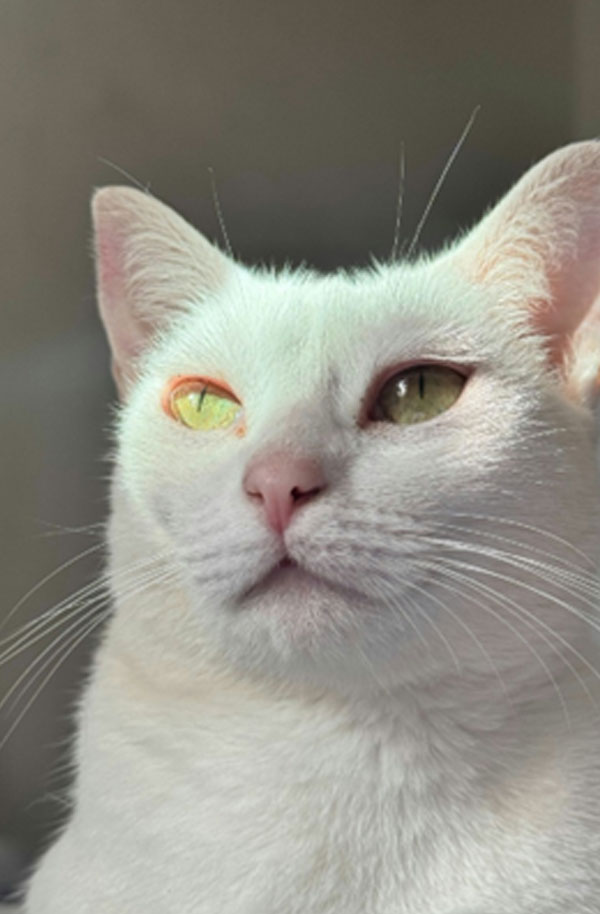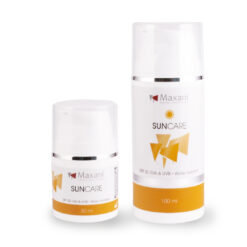Sunscreen in pets: when and why it does make sense
As soon as the sun shows up, we immediately think of protection: sunscreen for ourselves, for children ... but what about our pets? Even in animals, excessive exposure to sunlight can lead to sunburn, skin irritation and even skin cancer. Especially in places where the fur is thin, or where skin is visible, damage can occur. And this damage is often underestimated.
Why is sunburn in animals sometimes necessary?
In most companion animals, the fur provides natural protection from sunlight. But there are exceptions. Consider:
- Animals with thin or white coats
- Bald spots caused by conditions such as alopecia X or pemphigus
- Scarred or shaved skin after surgery
- Pink nasal ridges, auricles or groins
- Hairless breeds or animals with vitiligo
Especially on summer days or during vacations in sunny areas, UV exposure is high. And precisely those unprotected skin areas are at risk of sunburn. In more serious cases, this can even lead to squamous cell carcinoma, especially in white cats.
How does sunburn work on animals?
As in humans, sunscreen protects animals from UV radiation, especially UV-A and UV-B. Prolonged exposure can cause hair loss, redness, scaling and painfully thickened skin. Chronic sun damage increases the risk of malignant skin tumors.
Yet sunburn in animals requires a different approach than in humans. One key difference: animals lick. Ingredients that are safe for humans in human sunscreen, when ingested orally, can be toxic are for animals.


What should you avoid in sunscreen for animals?
When selecting a sunscreen product, knowledge of the safety of sunscreens essential. Some substances to avoid in dogs and cats:
- Zinc oxide - toxic when ingested, common cause of poisoning
- Cinnamates (including Octyl Methoxycinnamate) - endocrine disrupting and environmentally damaging
- Oxybenzone - known to cause allergic reactions and possible endocrine disruption
- Salicylates - harmful to cats
- Nano titanium dioxide - potentially problematic when inhaled or ingested
In addition perfumes, fragrances, dyes and some plant extracts (such as citrus or tea tree) are not recommended. In combination with sunlight, they can even cause additional sun damage.
Note: sprays are not recommended because of the risk of inhalation by both animals and humans.
What, though, is safe and effective?
Choose a product that:
- Specifically developed for the particular animal species
- A minimum SPF of 30 contains
- Free of zinc oxide, salicylates and perfume
- Preferably packaged in a airless pump bottle To prevent oxidation of active ingredients
Among the ingredients, note the presence of:
- Hyaluronic acid (sodium hyaluronate) - hydrates and supports the skin barrier
- Pantenol (pro-vitamin B5) - soothing and moisturizing
- Allantoin - soothes and stimulates cell renewal
- Vitamin E (tocopherol) and niacinamide - antioxidants that help reduce free radical damage
Clinical relevance: when do you recommend sunscreen?
As a veterinarian, you can recommend sunscreen for:
- Animals with history of sun damage or neoplasias
- Cats with white auricles
- Dogs with bald spots (atopy, hotspots, scars)
- After surgical shaving or treatment of skin lesions
- Animals going on vacation with you to sunny areas
Apply generously to uncovered areas before sun exposure and repeat frequently - especially after swimming or washing. Avoid direct sun in the hottest part of the day.
Conclusion
Sunburn in animals is not an unnecessary luxury, but targeted preventive action. Not every animal needs it, but UV protection is essential for specific skin types, breeds or conditions. Always choose a product tailored to the animal, with safe filters and moisturizing ingredients that support the skin even under sun exposure.

